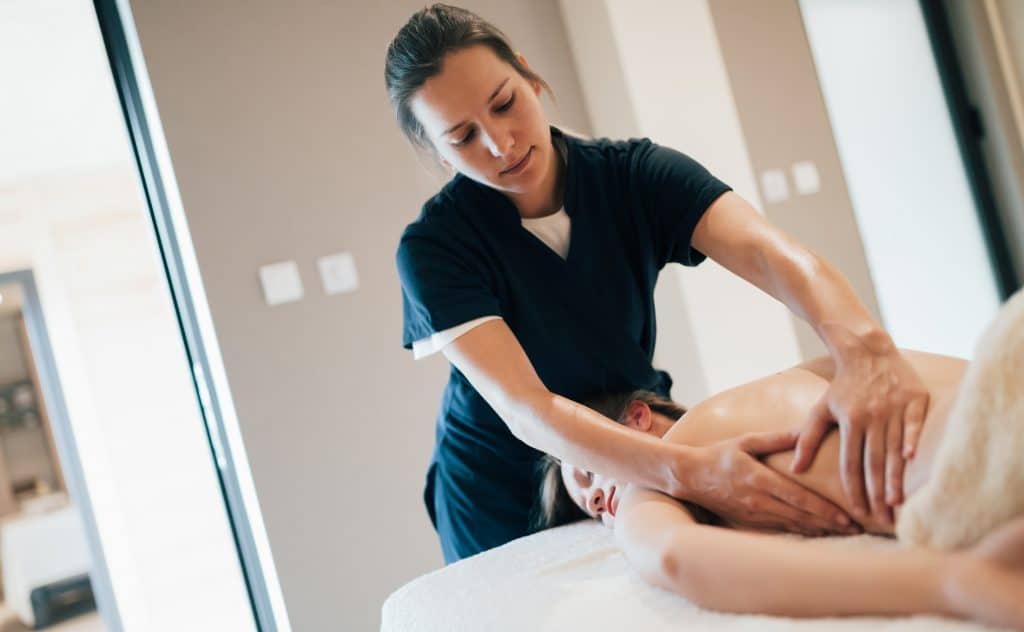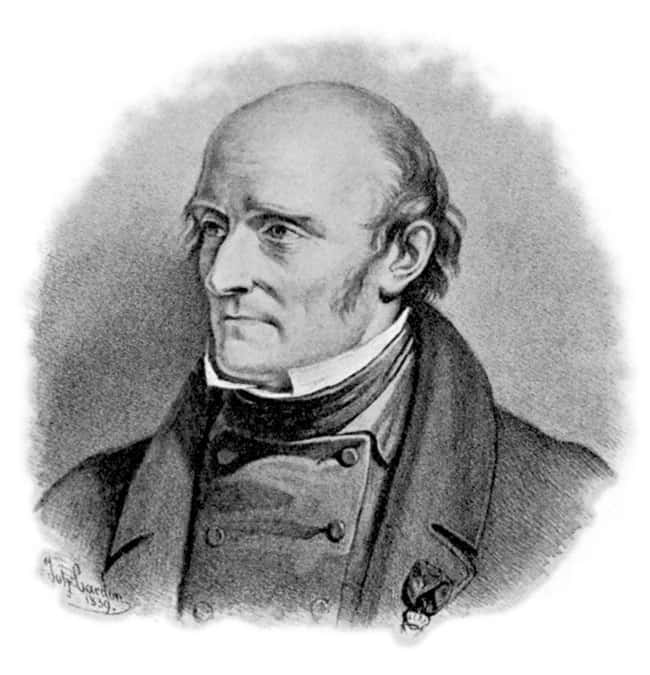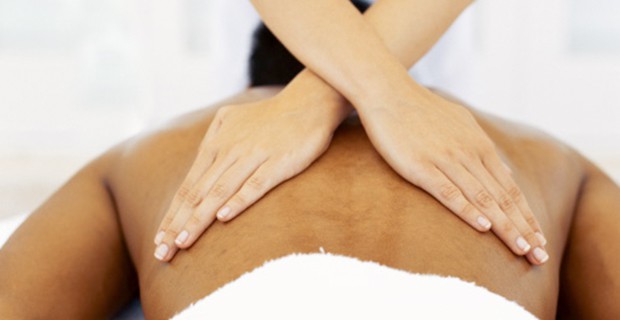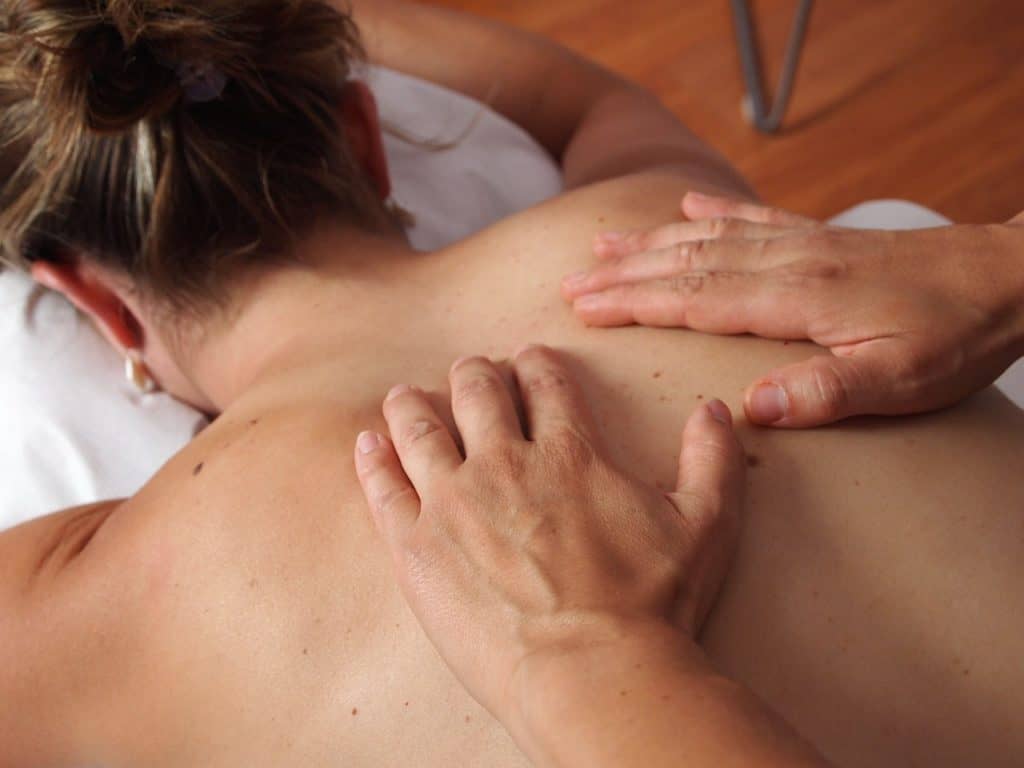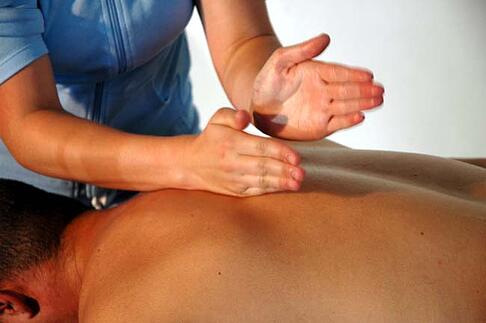Swedish gymnastics massage is the industry standard, especially in businesses that are spas or places for relaxation.
What are the benefits of a Swedish Massage? What is the difference between Swedish massage and other types of massage? Swedish massage uses long flowing strokes, tapping, kneading, and other rhythmic techniques for relieving muscle tension.
This is an extremely basic explanation. This is a very basic explanation. We will now explore the history of Swedish massage and its 5 main techniques.
Let’s start by learning how Swedish massage was created. If you are thinking Sweden, then you’re in the right place.
Swedish Massage: A Short History
Pehr Henrik Lin (1776-1839), a Swedish physiologist and instructor in gymnastics, was the first to introduce Swedish massage to the rest of the world. His system included assisted stretching, passive motion and massage techniques to increase circulation, reduce muscle tension and promote relaxation.
Ling’s techniques were brought to America in 1858 under the name “The Swedish Movement Cure”. Johann Mezger (1817-1893), an American physician, added names and dates to Ling’s Swedish-style massage techniques. He promoted massage as a way to treat injuries in the European medical profession. In 1856, Charles Fayette Taylor (and George Henry Taylor) introduced Swedish massage to the United States. Swedish massage was an integral part of the development and practice of massage therapy and physical therapy in America supported by the American Massage Therapy Association.
The Key Strokes of Swedish Massage
Effleurage
This is the most common Swedish massage stroke. This is the most popular massage stroke. This can be used to contour your body, and to reach deeper tissues with light or heavy gliding strokes.
Remember when we said that massage techniques were “hello” or “goodbye” strokes. It was all about effleurage when we said that.
Effleurage is a smooth stroke directed in the direction of your heart that stimulates blood circulation.
It can be long or short. It can be used by therapists to apply different types of lubrication to clients’ skin and hair, such as oil, lotion, or cream (ouch).
The therapist often uses his hands and forearms to perform effleurage.
Massage therapists use Effleurage to calm the parasympathetic, circulatory, and nervous systems.
A massage therapist can learn a lot about the connective tissue of a client by using effleurage. Is it flexible or rigid? Are the tissues able to move? How deep the therapist can reach your muscles will depend on how responsive the tissue is.
The therapist will have a conversation with you about your connective tissue and body.
Petrissage
Petrissage is a Swedish massage stroke that gently lifts the muscles from the bones with a kneading or compression motion. This stroke stimulates circulation and creates tissue space. This stroke also softens and loosens tissues, increases nutrient exchange, improves skin tone, muscle tone, and prepares you to do deeper work.
When a massage therapist is able to determine the tissue state using effleurage, they can usually incorporate petrissage into their technique.
Petrissage, a French word meaning “to knead”, is the French word.
Petrissage has a stronger effect on soft tissue than effleurage. This involves kneading, lifting, shaking, and shaking, as well as rolling.
This kneading motion stimulates the movement of cellular fluids by creating space between the myofascial layer.
You can also use petrissage for:
- Circulate the adipose tissue
- Increase circulation
- Increase the levels of synovial fluid in the joints
Friction
This is the basis of deep tissue massage. During friction strokes, the superficial tissue is pressed firmly into the underlying surfaces to a point of restriction/resistance. Friction strokes can be used to relieve pain, increase flexibility, relieve pain, relieve trigger points, break down adhesions, relieve pain, relieve stiffness, and reduce fascial restrictions.
Vibration/Jostling
Vibration, also known as jostling, is applied using hands or fingertips. It is a quick shaking, quivering, or trembling motion. This vibration is used to release tension, muscle guarding, loosen surface tissue, redistribute joint synovial fluid, increase circulation, and release tension.
Tapotement
Tapotement is a Swedish massage technique that involves striking the tissue with your fingertips, open hand, or loose fist. The aim is to reduce congestion, increase muscle tone, and stimulate histamine production. It can also incite relaxation or invigoration depending on the rhythm.
Your massage therapist will finish with petrissage strokes or effleurage. They may then switch to other stimulating techniques, depending on how long they’ve been used. These techniques stimulate the circulation and tone of soft tissue.
One of these techniques is tapotement. It involves rhythmic tapping, drumming, or cupping tissue.
Hacking is a type of tapotement where the side of the hand is used to make rhythmic hacking movements against the body’s soft tissue. This technique is used to improve circulation before sporting events.
Tapotement can be extremely stimulating if done for only a few moments. A longer session can lead to fatigue in some muscles. You may also find it very relaxing.
Tapotement is a technique massage therapists use for getting clients moving throughout the day.
Tapotement can be used by other therapists for extended periods of time on sensitive clients. This makes the tissue easier to work with.
Swedish Massage Required to Attend Massage Therapy School
Many American massage therapists are familiar with basic Swedish massage strokes and can use them during a massage session.
Sometimes, Swedish massage strokes are called “hello” or “goodbye” strokes. They signify both the first and final connection between the client and the therapist.
Deeper massages may be a favorite of some, but it is important that you prepare your body’s inner nervous systems for effective muscle relaxation.
Swedish massage techniques can be very useful for measuring tissue movement and tenderness. Less pressure allows your massage therapists more time to feel the tension in your muscles.
A Swedish massage can use deep pressure, but this shouldn’t fool you. You might be surprised at the power of a Swedish massage.
F.A.Q.
What is Swedish gymnastics massage?
The massage therapist moves the joints through the full range of motion to perform Swedish Gymnastics. … This is to release tension, muscle guarding, loosen surface tissue and redistribute joint synovial fluid.
Why is it called Swedish massage?
Swedish Massage: Why is it called that? Per Henrik Ling, a Swedish physiologist (1776-1839), at the University of Stockholm, was the first to combine Swedish massage with physical therapy. It is now simply called Swedish massage.
What does a Swedish full body massage include?
The full body Swedish massage will begin with massaging your neck and back, followed by moving your arms, legs, arms, and feet. Sometimes, this massage includes a relaxing scalp massage (also called a Champissage, Indian head massage, or Champissage).
What are the 5 strokes of Swedish massage?
The five types of Swedish techniques that I have mentioned are effleurage (petrissage), tapotement, friction, friction, and vibratory. They all promote circulation and soften connective tissue.

